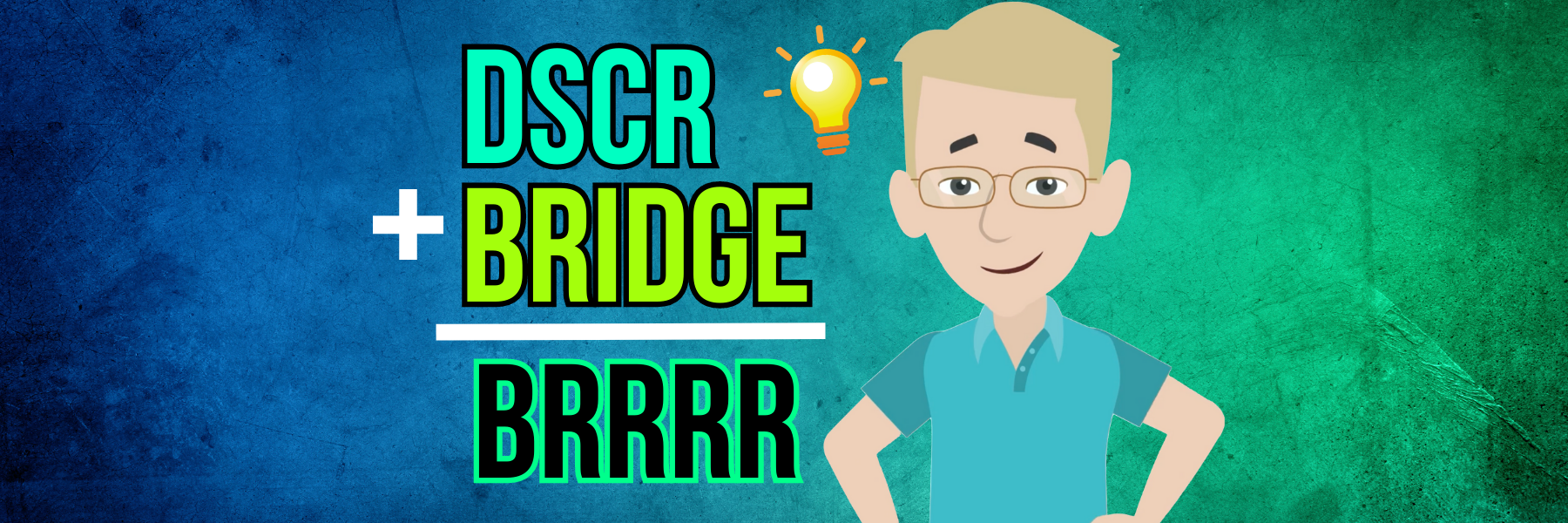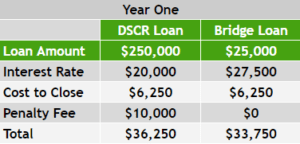Loan Cost Optimizer: Find the BEST Loan for Your Deal
Today we are going to discuss our Loan Cost Optimizer! This crucial financial tool helps you find the best loan for your real estate deal. Just like a house, a contractor, or a realtor, loans cost money and, more importantly, impact your bottom line. So, why wouldn’t you shop around and find the right one?
Understanding Loan Costs.
In a nutshell, loans can be complicated. However, when you break it down, it’s all about simple math. Here’s what you need to consider:
- Interest Rates: How much you pay to borrow the money.
- Loan Term: The length of time you’ll be paying back the loan.
- Fees: These include origination fees, appraisal fees, inspection fees, and more.
Therefore, each of these factors affects the total cost of your loan.
Why Use a Loan Cost Optimizer?
A Loan Cost Optimizer helps you compare different loan scenarios. By entering details about your project, you can see which loan costs you the least. Here’s how it works:
- Input Different Scenarios: Enter details like loan amount, interest rate, fees, and loan term.
- Compare Costs: See the total cost for each scenario.
- Find the Best Deal: Choose the loan that saves you the most money.
Examples
Let’s look at some examples to see how this works.
Example 1: Short-Term Fix and Flip
- Loan Term: 3 months
- Interest Rate: 8%
- Fees: $2,000
Total Cost: $4,000
Example 2: Long-Term Renovation
- Loan Term: 12 months
- Interest Rate: 6%
- Fees: $5,000
Total Cost: $11,000
With this in mind, even though the interest rate is lower in the long-term loan, the fees in addition to the longer term make it more expensive.
Tips for Using the Loan Cost Optimizer
This is an excellent tool that real estate investors can use in order to find the best loan option for their needs. It’s as easy as one, two, three! First, enter accurate details to ensure you get the best comparisons. Second, compare multiple loans to find the best option. Finally, consider the entire cost. This cost includes both the fees as well as the terms. To clarify, the entire cost is not just the interest rate. Additionally, there are a few more things that you need to keep in mind as well. Let’s take a look.
`1. Each Project is Different
Since every project has unique needs, it is important that you find the best loan every time. For example, sometimes you might need 100% financing, while other times, you can put more money down. With this in mind, let’s see how different scenarios can affect your choice:
- Quick Flips: Higher interest rates along with lower fees might be better.
- Longer Projects: Lower interest rates in addition to higher fees could be more cost-effective.
2. Keep Your Costs Low
In order to make the most money from your investments, keep your loan costs low. Here’s how:
- Negotiate Fees: Don’t be afraid to ask for lower fees.
- Shop Around: Compare offers from different lenders.
- Match Loans to Projects: Use the Loan Cost Optimizer to find the best fit for each project.
Conclusion
Ultimately, using a Loan Cost Optimizer can help you find the best loan for your deal. In fact, by understanding and comparing the total costs, you can not only make smarter decisions but more importantly maximize your profits as well!
Ready to get started? Visit our website and try our Loan Cost Optimizer today! It’s free and easy to use. You don’t have to commit to anything, just see how it works and find the best loan for your next project.
Watch our most recent video to find out more about: Loan Cost Optimizer: Find the BEST Loan for Your Deal











